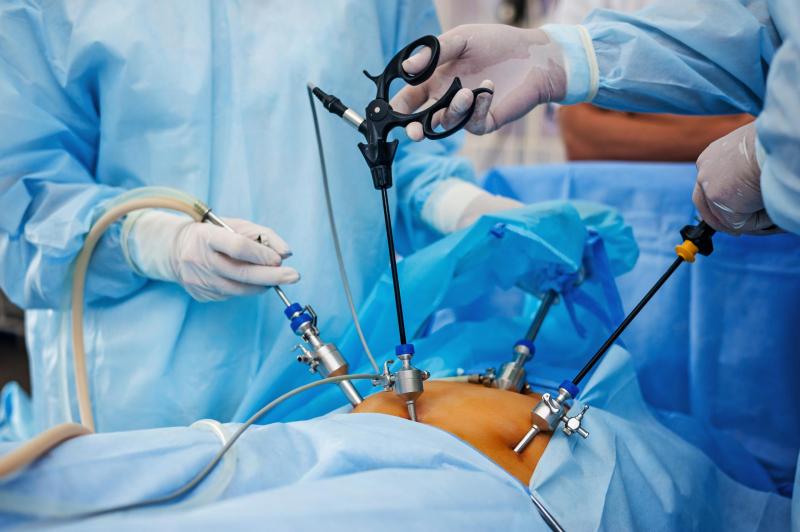Fibroid Removal Options Or Fibroids Surgery
When do you choose fibroid removal? Medications help with symptoms caused by fibroids as long as they are used. That’s why many women with heavy menstrual bleeding and pain eventually ask themselves whether they should have a fibroid removal surgery. Various fibroid surgery procedures are available, each with advantages and disadvantages.
When women with fibroids opt for fibroid removal surgery, they hope to get rid of their symptoms permanently. Fibroid surgery can relieve some women’s symptoms in the long term. But every intervention also carries risks.
What is fibroid surgery?
Whether fibroid removal surgery is an option—and if so, which one—depends on how a woman assesses the pros and cons of the various procedures for herself. When deciding on a specific treatment, the size, location and number of fibroids play an essential role. Not all surgical methods are suitable for women who want another child.
Before fibroid removal, it can make sense to use hormone preparations such as GnRH analogues for a few months. They are supposed to shrink the fibroids. Then the operation can be performed more gently so that the uterus is affected as little as possible. The active ingredient ulipristal is sometimes used with this goal.
However, removing individual fibroids does not make sense if too many scars could form on the uterus or if the risk of bleeding and secondary bleeding is too high. In addition, it is not always confident that the symptoms will improve after the procedure. A hysterectomy is an option. But possibly a non-surgical treatment method such as fibroid embolization. This blocks the blood supply to the fibroid.
Fibroid removal: Myomectomy
In myomectomy, only the fibroids are surgically removed. The uterus is preserved. There are several ways to remove a fibroid:
- hysteroscopic myomectomy
- laparoscopic myomectomy
- myomectomy via laparotomy
General anesthesia is required for all operations. The suitable procedure depends on how many fibroids are present, where, and how large they are. An attempt is almost always made to avoid an abdominal incision. This is more stressful than the other procedures and leaves a more prominent scar on the abdominal wall in the case of huge fibroids or a uterus enlarged by many fibroids.
How to decide on fibroid removal?
The laparoscopy and the abdominal incision enable the fibroid removal that grows outwards into the abdominal cavity. These include pedunculated fibroids and fibroids that sit on the outside of the uterus. Myomas that lie in the uterine wall and bulge outwards, as well as fibroids on the side of the uterus, can also be removed.
An intervention via the vagina is particularly suitable if a fibroid protrudes into the uterine cavity. This can be the case with fibroids in the wall of the uterus or under the lining of the uterus. Removal via the vagina can then be gentler than a tummy tuck. Vaginal surgery is faster, and women lose less blood.
How does fibroid surgery affect fertility?
A fibroid removal usually does not affect fertility – unless adhesions form later, which, for example, impede the function of the ovaries or fallopian tubes.
Sometimes fibroids are removed to improve fertility. For example, if a fibroid is under the lining of the uterus, it can prevent the implantation of a fertilized egg. Whether fibroid removal increases the chance of having a child has yet to be investigated in sound studies.
How does the operation affect the symptoms?
When the uterus is removed, the fibroids are also removed. Since there is no more menstrual bleeding after the procedure, the associated symptoms also stop. Some women report that they continue to have abdominal pain or cramps. Such complaints can be a consequence of the system or have other reasons that existed before the operation.
Now you can schedule an appointment online for fibroid removal surgery at the USA fibroid Centers.




Post Comment